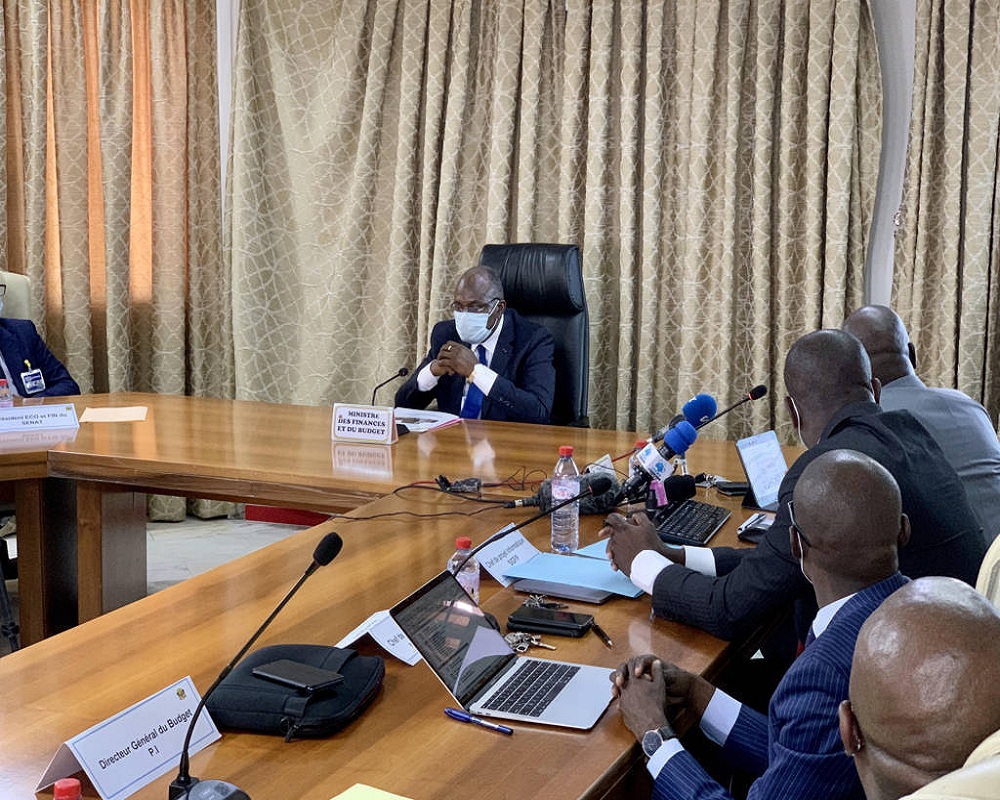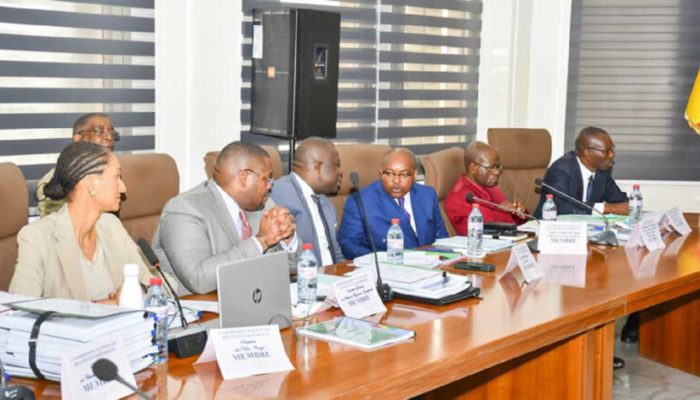The Minister of Finance and Budget, Calixte Nganongo, proceeded on August 17 in Brazzaville to the operationalization of the Integrated Public Finance Management System (Sigfip). This new system will modernize the financial administration with all the guarantees of securing state revenues and rational execution of public funds.
Sigfip is part of the dynamics of public finance reforms and aims to guarantee the transversality, reliability and security of financial information. This tool will replace the current Integrated System of State Expenditure and Revenue (Sidere), which has become obsolete. “I urge all my staff to ensure the success of this major reform,” Minister Calixte Nganongo said shortly before the platform was put into service.
According to the chief of staff of the Minister of Finance and Budget, Henri Loundou, the actors in the expenditure chain will now have this tool for the commitment of their expenditure, thus marking a big step towards the devolution, not only of the function. authorization, but also the general State accounts in order to reconcile it with the operative event at the level of authorizing officers or their managing departments.
“After the experimental phase and the so-called” dual control “phase of Sigfip in its expenditure component, with pilot ministries, we will have to move on to the full implementation of Sigfip for all the ministries, replacing Sidere” , he said.
With regard to the deployment phase, explains the director of information systems, Guy Noel Londongo, the Sigfip is implementing the budgetary and accounting reforms enacted by the texts in force. It is deployed in its administrative and accounting phase at the level of the ministries and institutions located in Brazzaville.
As a result, as of this day, all money orders will be paid in the Sigfip. The dual order (Sidere / Sigfip) will continue in its administrative phase until December 31.
It should be noted that work will continue to integrate the administrative deconcentration and decentralization aspects while stabilizing the system with regard to the problems that may arise during its installation. The system will be ready for the switchover in January 2022 as part of the budgetary management in program mode, in accordance with the recommendations of the Economic and Monetary Community of Central Africa.






